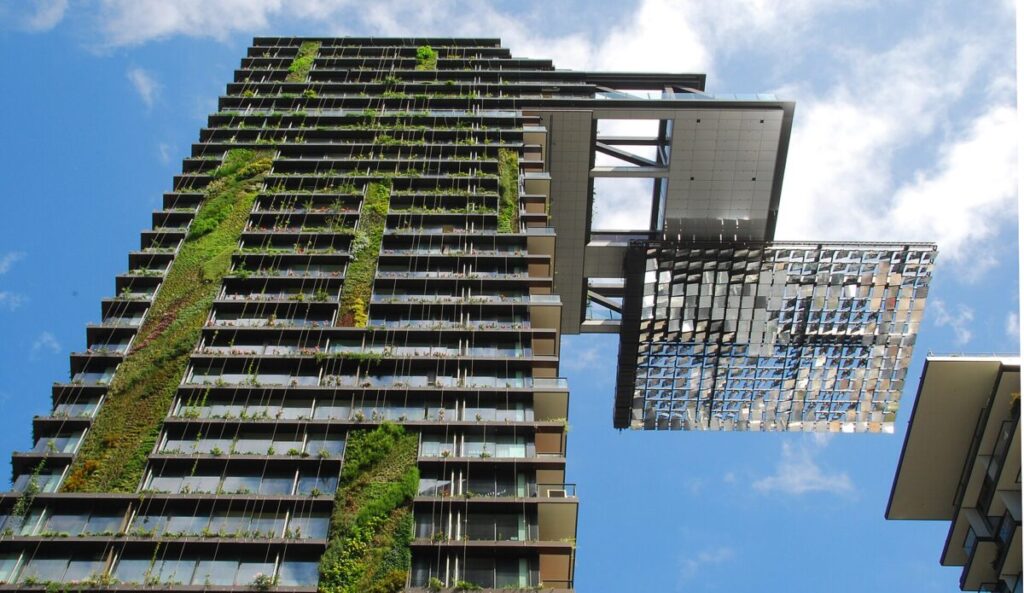Scientists in Sudan have called for the inclusion of PV -modulere cleaning activities in green building standards to tackle an important maintenance gap in renewable energy systems. It would focus on improved system performance in environments where there are dust and pollution persistent challenges.
Scientists from the Sudan’s National Energy Research Center and the Transilvania University of Braparenov from Romania have called for the inclusion of PV system cleaning in green audit and certification frameworks to maintain high power yields.
The researchers have specifically recommended to add PV -modulere cleaning activities to five large green -building rating systems: Leadership in energy and environmental design (suffering), Building Research Establishment Environmental Assessment Method (GSLEAS BUILING SYSTEAD), Global Starthility Assessment Systard Assessmentability Assessmentability)
“In our studies we propose to update existing GBRs with a dedicated ‘PV cleaning and maintenance credit,’ researcher Abubaker Younis said PV -Magazine. “This policy instrument is designed to encourage sustainable cleaning practices for solar panels, thereby guaranteeing optimum energy performance in green buildings. By integrating such a credit into GBRS, we want to comply with the established frameworks and stimulate the impact of the Real-World.”
The new credit system applies exclusively to PV systems in the built environment (BE). The team outlined three eligible criteria: an active maintenance plan, the use of environmentally friendly cleaning technologies and the monitoring and documentation of cleaning processes. The score method would take into account the cleaning frequency, profit of power production -efficiency and environmentally friendly practices.
The researchers said that projects that register for these credits must submit a cleaning schedule, a documented planetail frequency, method and responsible staff, as well as maintenance logs. These logs – digitally or manually – must be signed by staff and contain the date and materials used for each cleaning.
Project developers must also provide visual evidence, such as periodic photos or short videos made before and after each cleaning session, together with relevant performance data, to confirm implementation and effectiveness.
The team noted that the proposed “PV cleaning and maintenance credit” is flexible, because it must also take into account water scarcity and regional variations in pollution speeds.
“GBRSS could take over a laminated scoring system that adjusts cleaning requirements based on climate zones,” they explained. “In High Inlade dry regions, credits can give priority to monthly or bi -monthly cleaning schedules with higher point assignments, while low obligation may offer rainy regions optional credits for annual maintenance, which reflects local needs.”
The researchers concluded that although surgery and maintenance (R&M) could have wider applications, its success depends on the alignment of practices in the characteristics of each technology. They called for testing the framework in varied climatic and policy institutions to evaluate its performance and adaptability.
They presented their findings in “Stimulating photovoltaic panel cleaning in green building standards: a policy framework“Published in Energy for sustainable development.
This content is protected by copyright and may not be reused. If you want to work with us and reuse part of our content, please contact: editors@pv-magazine.com.

